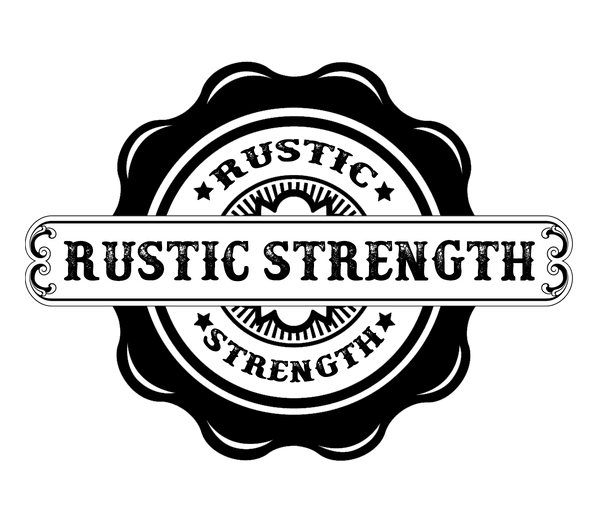What is 1,4 dioxane?
It is a synthetic chemical that is used to help to stabilize chlorinated solvents. It is no longer used because of the 1995 Montreal Protocol. It can also be an unwanted impurity/byproduct of a chemical.
What are the health concerns?
1,4 dioxane is likely linked to some cancers, ie breast cancer. It does not biodegrade well in soil or water, and it will migrate rapidly in groundwater. It has a 1-to-3-day half-life in the atmosphere due to photo-oxidation.
Did New York ban certain laundry detergents?
The New York State Department of Environmental Conservation established new legal limits for the maximum allowable concentration of the chemical 1,4 dioxane in products. The new law allows for a concentration of 2ppm (parts per million) until December 31, 2023 for household cleaners and personal care products. Starting January 1, 2024 the new allowable 1,4 dioxane will be 1 ppm. Cosmetics have a maximum allowable concentration of 10 ppm.
As of January 10th, 2023, Pantene®, Head & Shoulders®, Old Spice®, Olay®, Adidas®, Suave®, The Body Shop®, Calvin Klein®, Molton Brown®, Axe®, and TRESemme® are among over 1000 brand's products revealed to have high levels of 1,4 dioxane. According to The New York Department of Conservation's document of approved waivers. The companies who have applied will have one year to lower their levels of 1, 4 dioxane under legal limits. It is unclear at this time whether New York will pull products off the shelf if manufacturers continue to not meet the legal limit.
Why is this important?
Manufacturers aren’t really putting in 1,4 dioxane in as an ingredient. Instead, what is happening is an alcohol ( ethoxylated fatty alcohol ) is being ethoxylated with ethylene oxide.
This reaction can go one of two ways:
( 1 ) it can add a C2H4O group to the end, which increases the molecules solubility in water. This can happen 1 – 12 times.
( 2 ) The second reaction that can happen is at the end of ethoxylating, the chain closes instead of taking another C2H4O unit, thus creating 1,4 dioxane.
Even more 1,4 dioxane can be released if sulfation (the adding of SO3) is introduced during ethoxylation. This addition can insert itself into the middle of the reaction.
So, what do I look for to know if my laundry detergent, household good or personal care item has 1,4 dioxane in it?
As of January 10th, 2023, consumers can see which brands with high levels of 1,4 dioxane have applied to the waiver list compiled by NY Department of Environmental Conservation
Pantene®, Head & Shoulders®, Old Spice®, Olay®, Adidas®, Suave®, The Body Shop®, Calvin Klein®, Molton Brown®, Axe®, and TRESemme® are among over 1000 brand's products that appear on the list to date. All with levels over New York's legal limit.
You can also identify 1,4 dioxane by looking at product ingredients. Most products listing ingredients such as SLES (sodium laureth sulfate) and ammonium laureth sulfate have historically contained 1,4 dioxane. Other ingredients that contain the clause “xynol”, “ceteareth” and “oleth” may also contain 1,4 dioxane. Some other ethoxylates are laureth-6 and -7, C12-16 Pareth, Polysorbate, and Polyethlene Glycol (PEG).
Do any of Rustic Strength’s products contain 1,4 dioxane?
Before purchasing raw chemicals from our distributors, we inquire about any possible impurities and receive a Certificate of Analysis (COA) regarding the material. The polysorbate we use is a food grade and we have a COA that shows 0ppm (parts per million) of dioxane. For more information on why we use polysorbate please go here.
If you have any questions regarding this, feel free to reach out to customercare@rusticstrength.com We would be more than happy to answer your questions.

We invite you to do your own research!
Scientific journals and articles are the foundation of evidence-based decisions at Rustic Strength. Blogs can provide helpful information. However, if it can not cite scientific articles, its claims stand on little.













